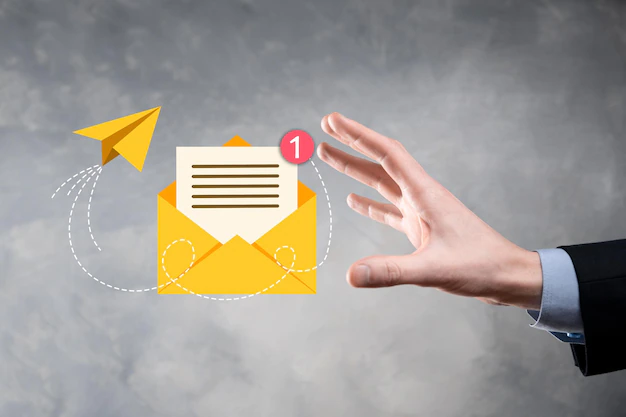If you work in sales, you understand the significance of crafting an email prospecting list and executing cold email campaigns. It remains a crucial aspect of outbound lead generation.
The foundation of maximizing leads lies in building an email list comprising potential customers within your target market.
At its core, EMAIL is a powerful channel in B2B interactions, connecting salespeople with prospective clients. Before delving deeper, let’s clarify what a cold email entails.
What is a Cold Email? A cold email is an unsolicited email sent to someone you have no prior connection with and who isn’t anticipating communication from you. Cold emails have proven to be an effective tactic, contributing to millions in revenue.
Email stands out due to its remarkable efficiency in reaching a broad audience swiftly with minimal manpower. All you need is an effective outreach strategy to get started.
However, employing emails to generate leads carries certain risks.
For instance, if you initiate emailing contacts without adequate preparation, you might end up wasting your time or inadvertently violating legal regulations.
Read on, and we’ll guide you on making the most of this channel while steering clear of major emailing blunders.
Email Deliverability First and foremost, the goal of an email campaign is to achieve maximum opens. The more opens an email campaign garners, the more eyes are on your content, potentially driving increased sales.
So, how can you ensure that the emails you send reach every prospect on your list and actually get opened? The answer lies in enhancing your email deliverability.
Email deliverability measures the success rate of an email campaign, specifically its ability to land in people’s primary inboxes rather than their SPAM folder or promotional tab.
Creating a campaign with strong deliverability is challenging because each email address possesses a unique reputation based on factors like how frequently you send or receive genuine messages through that address, how often those messages are flagged as SPAM, and how frequently you send messages to email traps or engage in activities that could raise suspicion.
In essence, your email address’s history significantly influences the number of people who see your messages. If your reputation is unfavorable, your emails will end up in the recipient’s SPAM folder, likely never to be seen.
To learn more about sender reputation and the factors affecting email campaign deliverability, explore this informative article.
Bonus Tips Now that we’ve covered the basics, here are some valuable email tips to enhance your approach:
- Avoid Emailing Outdated Addresses and Regularly Clean Your Lists: Be cautious about sending emails to outdated and unused email addresses as they can become SPAM traps, severely affecting your reputation. Ensure your list is up to date with verified emails. If you need assistance in building an accurate contact list, click here to start with Seamless for free.
- Recover Your Email Address Reputation through Drip Campaigns: Drip campaigns, when used effectively, provide an excellent way to consistently recover your reputation while sending promotional emails to prospects. They generate a steady flow of real email responses from other addresses with good reputations.
- Continuously Test Your Reputation to Gauge Your Standing: Regularly test your content for red flags and evaluate deliverability before launching cold email campaigns. Testing your reputation is crucial to ensuring that your hard work in research and content drafting doesn’t go to waste by ending up in SPAM folders.
Avoid these common email mistakes at all costs, as all your efforts in research and crafting compelling content would be futile if your emails end up in SPAM. Follow this advice to ensure your prospecting list and content effectively reel in the hot leads!

